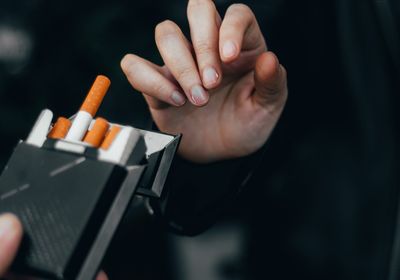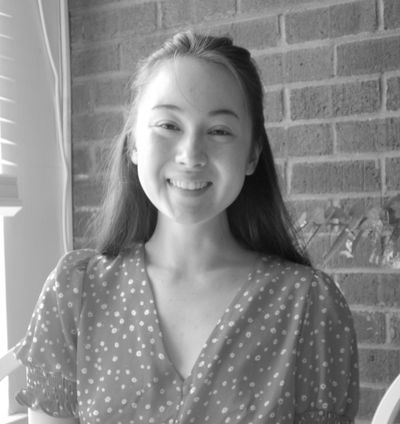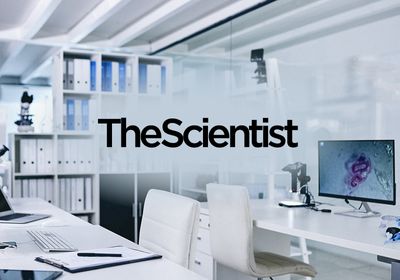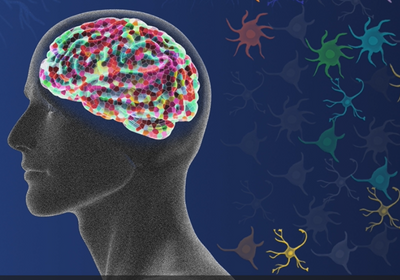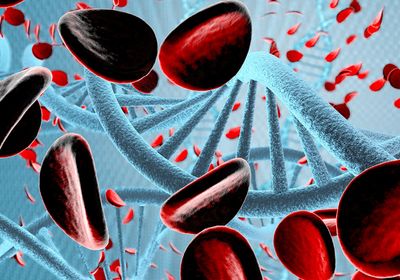ABOVE: © ISTOCK.COM, Madrolly
Much the same way it’s difficult to quantify pain on a scale of 1 to 10, subjective measures of cravings can be imprecise. This can make it difficult for clinicians trying to help a patient who is abusing a substance to determine the kind of care needed.
Now, scientists may have a more accurate tool for measuring cravings: employing a machine learning algorithm, an international team of scientists has identified a brain signature that, in their experiments, distinguished people with substance abuse disorders from people without them with a high degree of accuracy. The finding, published December 19 in Nature Neuroscience, could one day be used to help clinicians treat people with addictions by adding less subjective context to their reported cravings.
“It’s an interesting and well-done analysis,” says John Gabrieli, a neuroscientist at MIT who wasn’t involved in the research. “We want to somehow use our knowledge about the brain to help people do better. [This study] opened up a whole area to do [that].”
When treating addiction, it’s important for clinicians and researchers to understand an individual’s likelihood of returning their substance of choice. However, that understanding often comes from a patient’s self-reported feelings of desire for the substance, says study coauthor Hedy Kober, a Yale University cognitive neuroscientist. In addition to the murkiness of self-reported measures, she notes that reports of cravings can be additionally confounded by the fact that patients aren’t always motivated to tell the truth and may not be entirely aware of their own internal state.
“Almost everybody knows somebody who’s struggling with addiction,” says Gabrieli. “But it’s so hard to help people with recovery, and so hard to know which people are making progress.”
Kober knew from her prior neuroimaging research that the strength of a person’s desire for a food or drug after seeing it is predictive of whether that person will actually eat the food or use the drug in the near future. Drawing on fMRI data from that research and her other studies on the topic, Kober and colleagues set out to develop a system that would allow them to quantify the strength of an individual’s craving based on neurological activity patterns and, therefore, a way to predict the likelihood of that person using a drug or eating a craved food based on brain scans alone.
Kober and the other researchers arranged functional magnetic resonance imaging (fMRI) data from 469 brain scans of 99 different people, which included those who smoked cigarettes, drank alcohol, used cocaine, or didn’t use any form of drug. The fMRI data captured images of each person’s brain as they were responding to visual cues of food and drugs in two different scenarios—one in which they were instructed to indulge in their craving and one in which they were told to use mental strategies to reduce their desire. The researchers also added information about each person’s self-reported response to seeing the cues. They then fed the data to a machine learning algorithm, which identified which regions of the brain were active in each of the experiments. That program then produced a spectrum of numerical scores regions of the brain that corresponded to how active they were during the experimental tasks. Regions where activity was linked to an increased craving response were given a positive score, while regions where activity correlated to a decreased craving response received a negative score, and regions with little to no impact received scores near zero. The researchers called the pattern of combined activity scores seen across the drug users in the study the Neurobiological Craving Signature (NCS).
Using independent data, the scientists then tested this signature on its ability to accurately predict whether an individual craved a given food or drug or not, including whether it aligned with self-reported cravings. In one test, NCS scores distinguished drug users from nonusers with 82 percent accuracy, and the results for the most part aligned with the test subjects’ self-reported craving ratings—both signs to the researchers that the signature was accurate. Moreover, the team found that NCS scores decreased when an individual was using cognitive strategies to lessen their craving, indicating that it was sensitive to real time interventions.
“We were incredibly excited,” Kober says. “People have been talking for years about how important it is for us to start finding neuromarkers for prediction, but it hasn’t been done.”
To the study authors, the fact that the NCS generally predicted for their test subjects’ craving ratings means it could be a useful comparison to patient craving reports, catching the inaccuracies in instances where patients don’t accurately self-report. Although the algorithm isn’t 100 percent perfect, Kober nonetheless thinks it could be valuable for clinicians working with people with addictions. She points out that COVID-19 antigen tests, for example, are not always accurate, but they’re accurate often enough to be a valuable tool in diagnosing the illness. “We’re not really aiming at perfection,” she says. “What we’re aiming at is validating further this biomarker so that we could potentially move toward clinical use.”
In the clinical setting, Gabrieli emphasizes the potential for algorithms like this to one day predict not only whether someone will use drugs, but how to properly treat addiction and prevent relapse by identifying which regions of the brain are active in the response and to what extent. “Which patients are likely to respond to particular treatments and which ones are less likely, right now we don’t know almost anything about that,” he says. But if a program like this were used to evaluate people during and at the end of their inpatient stay, for example, he says it could help objectively determine whether that patient is likely to stay sober, or whether they still need more care.
Kober adds that they still need to do more experiments to determine whether the NCS can actually predict a person’s craving in the far future, but she is hopeful it could one day do so. “The subjective experience of craving is something that is really uniquely human,” she says. “[This study] increases our optimism that we may be able to use it to monitor people’s treatment progress in the future, and that’s definitely one of the areas that we’re currently investigating.”

